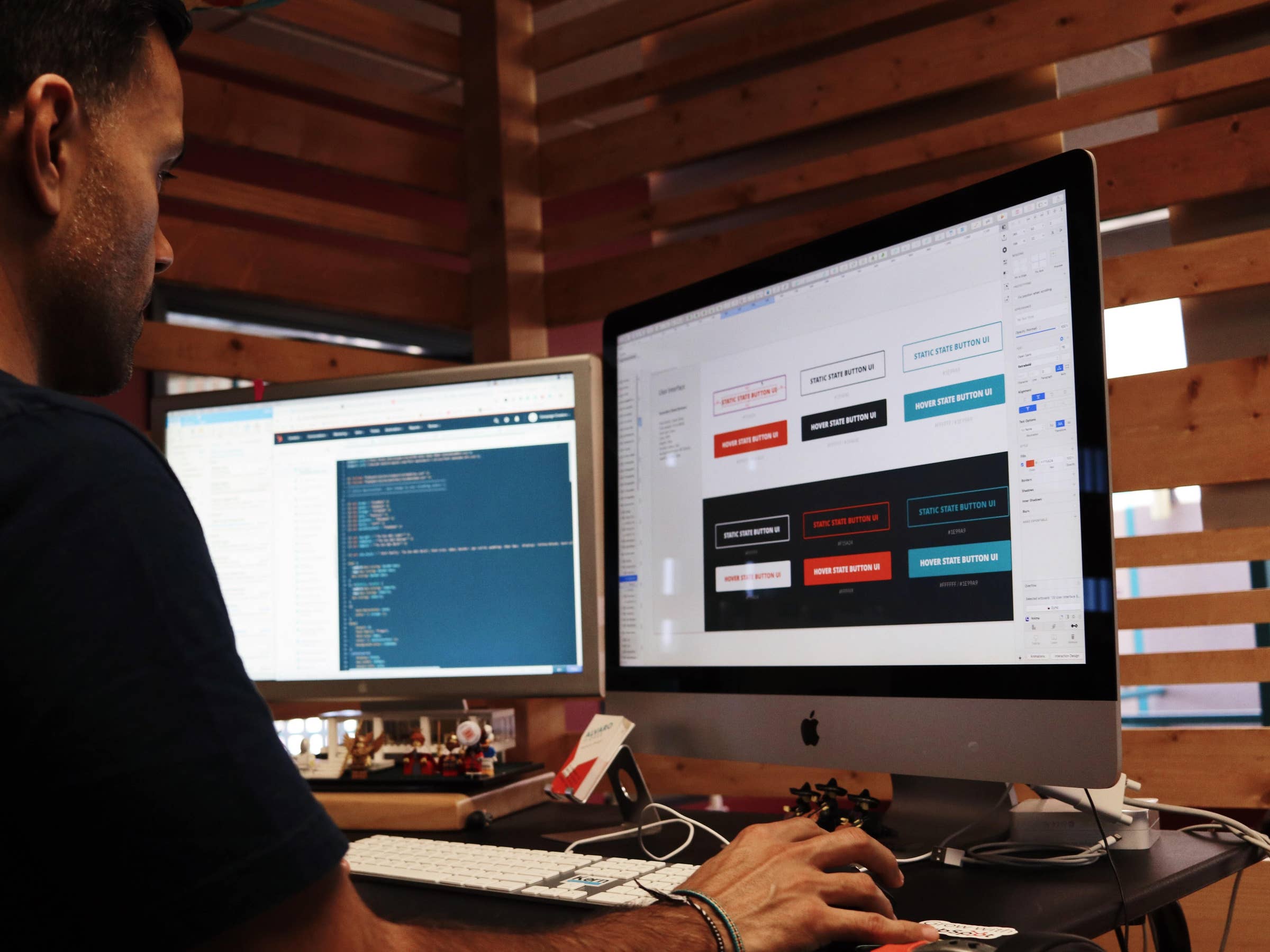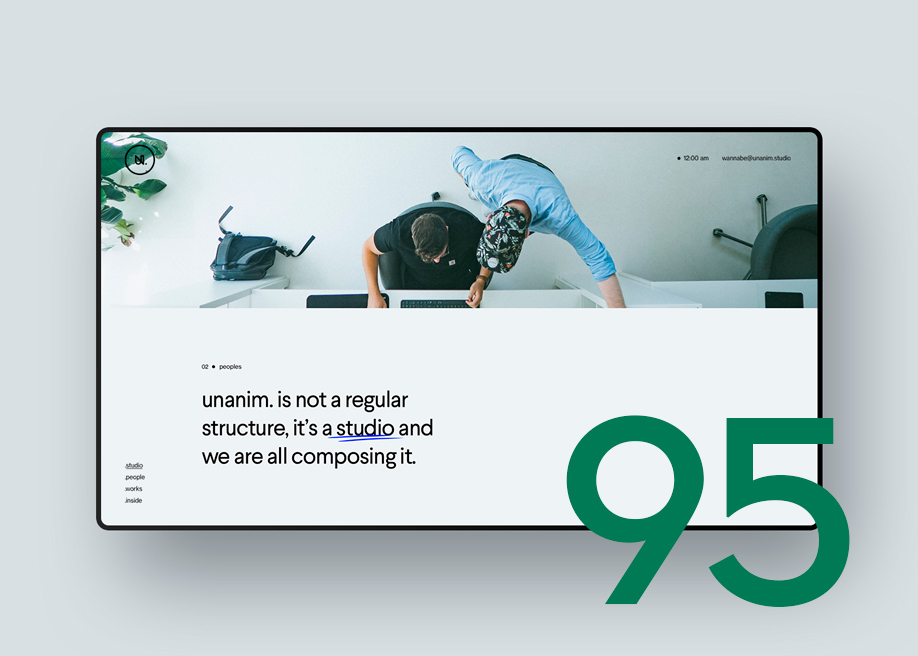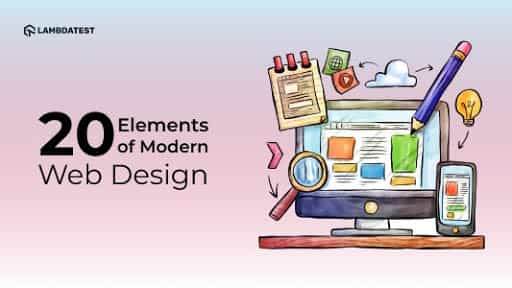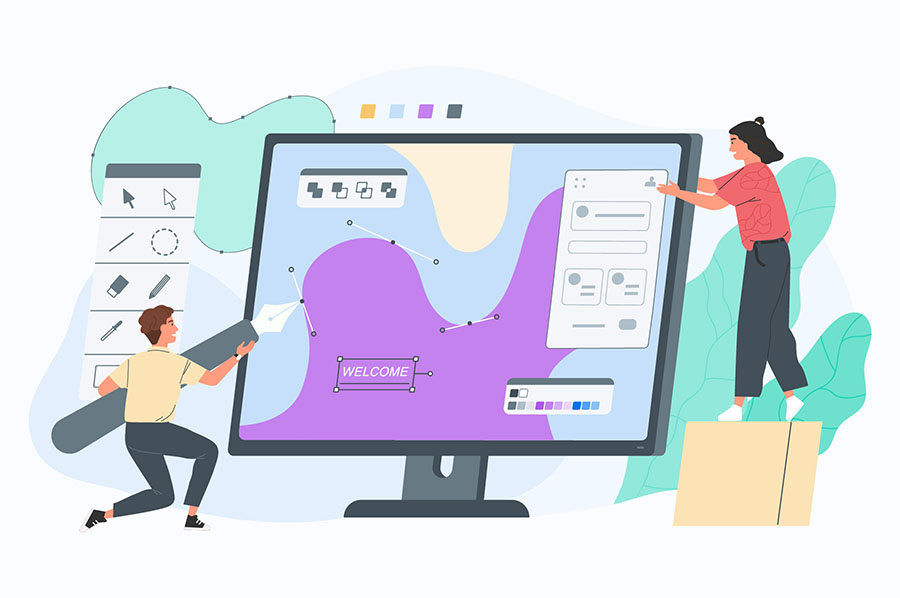All Categories
Featured
Table of Contents
- – St Louis Seo Company - St Louis Web Design And...
- – Mrw Web Design - Wordpress Websites For Nonpr...
- – St Louis Seo Company - St Louis Web Design An...
- – Web Design & Seo By Acs - Syracuse Web Design...
- – What Is Web Design? - Interaction Design Foun...
- – Awwwards - Website Awards - Best Web Design T...
- – Responsive Design Best Practices - Google Se...
- – Web Design Services By Freelance Website Des...
- – What Does A Web Designer Do? - Careerexplore...
- – Web Page Design: A Comprehensive Guide - Ado...
- – Pueblo Web Design Tips and Tricks:
St Louis Seo Company - St Louis Web Design And Internet ... Tips and Tricks:
Quick summary Use and the utility, not the visual style, figure out the success or failure of a site. Since the visitor of the page is the only person who clicks the mouse and therefore chooses everything, user-centric style has developed as a basic approach for successful and profit-oriented website design - web design frederick md.
and the utility, not the visual style, figure out the success or failure of a site. Since the visitor of the page is the only individual who clicks the mouse and therefore decides whatever, user-centric style has actually ended up being a basic method for effective and profit-oriented website design. After all, if users can't use a function, it might also not exist.
g. where the search box must be put) as it has actually currently been done in a number of short articles; rather we focus on the techniques which, utilized properly, can result in more sophisticated style choices and streamline the process of viewing presented info. Please notice that you might be interested in the usability-related articles we have actually released before: Principles Of Excellent Site Style And Efficient Website Design Guidelines, In order to use the principles correctly we first require to understand how users engage with websites, how they think and what are the standard patterns of users' habits.
Mrw Web Design - Wordpress Websites For Nonprofits ... Tips and Tricks:
Visitors glance at each brand-new page, scan a few of the text, and click on the very first link that catches their interest or slightly looks like the important things they're looking for. There are big parts of the page they don't even look at. Many users browse for something intriguing (or useful) and clickable; as quickly as some promising candidates are discovered, users click.
If a page offers users with top quality content, they want to compromise the material with advertisements and the design of the website. This is the factor why not-that-well-designed sites with top quality content get a lot of traffic over years. Material is more crucial than the style which supports it.

Users don't check out, they scan. Notification how "hot" areas abrupt in the middle of sentences. This is typical for the scanning process. Really easy principle: If a website isn't able to meet users' expectations, then designer failed to get his job done effectively and the company loses money. The higher is the cognitive load and the less instinctive is the navigation, the more prepared are users to leave the site and search for options.
St Louis Seo Company - St Louis Web Design And Internet ... Tips and Tricks:
Neither do they scan website in a direct style, going sequentially from one site area to another one. Rather users satisfice; they pick the first sensible option. As quickly as they discover a link that looks like it might cause the goal, there is a great chance that it will be instantly clicked.
It does not matter to us if we comprehend how things work, as long as we can utilize them. If your audience is going to act like you're creating signboard, then design excellent billboards." Users wish to have the ability to manage their web browser and count on the consistent information presentation throughout the website.
If the navigation and website architecture aren't instinctive, the variety of concern marks grows and makes it harder for users to comprehend how the system works and how to receive from point A to point B. A clear structure, moderate visual hints and easily identifiable links can help users to discover their path to their objective.
Web Design & Seo By Acs - Syracuse Web Design - Google ... Tips and Tricks:

claims to be "beyond channels, beyond products, beyond circulation". What does it indicate? Because users tend to explore websites according to the "F"-pattern, these 3 declarations would be the first components users will see on the page once it is filled. The design itself is simple and intuitive, to understand what the page is about the user needs to search for the answer.
When you have actually accomplished this, you can interact why the system works and how users can take advantage of it. People won't use your website if they can't find their method around it. 2. Don't Waste Users' Patience, In every task when you are going to provide your visitors some service or tool, try to keep your user requirements very little.
Newbie visitors want to, not filling long web types for an account they may never utilize in the future. Let users explore the site and discover your services without requiring them into sharing private data. It's not affordable to require users to get in an email address to evaluate the feature.
What Is Web Design? - Interaction Design Foundation (Ixdf) Tips and Tricks:
Stikkit is an ideal example for an easy to use service which requires practically nothing from the visitor which is inconspicuous and soothing. And that's what you want your users to feel on your website. Apparently, Termite needs more. However the registration can be done in less than 30 seconds as the kind has horizontal orientation, the user does not even require to scroll the page.
A user registration alone is enough of an impediment to user navigation to cut down on incoming traffic. Manage To Focus Users' Attention, As sites supply both static and dynamic content, some aspects of the user interface draw in attention more than others do.
Focusing users' attention to particular locations of the website with a moderate usage of visual elements can assist your visitors to obtain from point A to point B without thinking of how it in fact is supposed to be done. The less enigma visitors have, the they have and the more trust they can establish towards the company the website represents.
Awwwards - Website Awards - Best Web Design Trends Tips and Tricks:
Aim For Feature Exposure, Modern web styles are usually criticized due to their technique of directing users with aesthetically appealing 1-2-3-done-steps, big buttons with visual results and so on. From the design point of view these aspects really aren't a bad thing.
The website has 9 main navigation choices which are visible at the first look. The choice of colors may be too light, though. is an essential principle of successful interface design. It does not truly matter how this is achieved. What matters is that the material is well-understood and visitors feel comfortable with the method they connect with the system.
com gets straight to the point. No cute words, no overemphasized statements. Instead a cost: simply what visitors are trying to find. An optimum option for efficient writing is touse brief and concise phrases (come to the point as quickly as possible), usage scannable layout (categorize the material, use numerous heading levels, use visual components and bulleted lists which break the flow of uniform text blocks), use plain and objective language (a promotion doesn't need to seem like ad; offer your users some reasonable and objective reason that they must use your service or remain on your website)6.
Responsive Design Best Practices - Google Search Central Tips and Tricks:
Users are seldom on a website to take pleasure in the style; furthermore, in a lot of cases they are searching for the information in spite of the design - web design frederick md. Make every effort for simplicity rather of complexity. From the visitors' viewpoint, the very best site design is a pure text, with no advertisements or further material blocks matching precisely the inquiry visitors used or the content they've been searching for.
Finch plainly provides the details about the website and provides visitors an option of choices without overcrowding them with unneeded material. Not only does it help to for the visitors, however it makes it possible to view the information provided on the screen.
Complex structures are harder to check out, scan, analyze and work with. If you have the choice in between separating 2 design sectors by a visible line or by some whitespace, it's typically better to use the whitespace service. (Simon's Law): the much better you manage to offer users with a sense of visual hierarchy, the easier your material will be to perceive.
Web Design Services By Freelance Website Designers - Fiverr Tips and Tricks:
The very same conventions and rules ought to be applied to all elements.: do the most with the least amount of hints and visual elements. Clarity: all elements ought to be created so their meaning is not ambiguous.
Conventions Are Our Buddies, Traditional design of site components does not result in an uninteresting web site. It would be an use problem if all websites had different visual discussion of RSS-feeds.
understand what they're anticipating from a website navigation, text structure, search placement etc. A case in point from functionality sessions is to translate the page in Japanese (presuming your web users don't know Japanese, e. g. with Babelfish) and provide your use testers with a job to find something in the page of different language.
What Does A Web Designer Do? - Careerexplorer Tips and Tricks:
Steve Krug recommends that it's much better to, but make the most of conventions when you don't. 10. Test Early, Test Typically, This so-called TETO-principle must be used to every website design project as use tests typically provide into substantial issues and concerns associated with a provided design. Test not too late, not too little and not for the incorrect factors.
Some crucial points to bear in mind: according to Steve Krug, and screening one user early in the project is better than testing 50 near the end. Accoring to Boehm's first law, errors are most regular throughout requirements and style activities and are the more expensive the later they are removed.
That means that you design something, test it, repair it and then check it once again. There may be problems which haven't been found throughout the preliminary as users were virtually blocked by other issues. functionality tests. Either you'll be pointed to the issues you have or you'll be pointed to the lack of significant style defects which is in both cases a helpful insight for your project.
Web Page Design: A Comprehensive Guide - Adobe Xd Ideas Tips and Tricks:

This holds for designers as well. After you've worked on a site for couple of weeks, you can't observe it from a fresh viewpoint any longer. You know how it is developed and therefore you understand exactly how it works you have the knowledge independent testers and visitors of your site wouldn't have.
It can be linked to other areas such as graphic style, user experience, and multimedia arts, but is more aptly seen from a technological viewpoint. It has become a large part of individuals's everyday lives. It is hard to picture the Web without animated graphics, different styles of typography, background, videos and music.

Throughout 1991 to 1993 the World Wide Web was born. Text-only pages might be viewed utilizing an easy line-mode internet browser. There had actually been no integrated method to graphic style components such as images or noises.
Pueblo Web Design Tips and Tricks:
The W3C was created in October 1994 to "lead the World Wide Web to its complete capacity by establishing common procedures that promote its development and guarantee its interoperability." This prevented any one business from monopolizing a propriety web browser and programs language, which might have altered the result of the Internet as a whole.
As this has happened the technology of the web has actually likewise moved on. There have actually likewise been substantial modifications in the way people use and access the web, and this has altered how sites are created.
Learn more about Lovell Media Group LLC or TrainACETable of Contents
- – St Louis Seo Company - St Louis Web Design And...
- – Mrw Web Design - Wordpress Websites For Nonpr...
- – St Louis Seo Company - St Louis Web Design An...
- – Web Design & Seo By Acs - Syracuse Web Design...
- – What Is Web Design? - Interaction Design Foun...
- – Awwwards - Website Awards - Best Web Design T...
- – Responsive Design Best Practices - Google Se...
- – Web Design Services By Freelance Website Des...
- – What Does A Web Designer Do? - Careerexplore...
- – Web Page Design: A Comprehensive Guide - Ado...
- – Pueblo Web Design Tips and Tricks:
Latest Posts
Graphic Design Website Frederick MD
Web Design Services - Networksolutions.com Tips and Tricks:
Web Design Inspiration : The Best Website Design Ideas Tips and Tricks:
More
Latest Posts
Graphic Design Website Frederick MD
Web Design Services - Networksolutions.com Tips and Tricks:
Web Design Inspiration : The Best Website Design Ideas Tips and Tricks: